Flamer: A Conversation with Mike Curato
 August 27th, 2020 by jules
August 27th, 2020 by jules
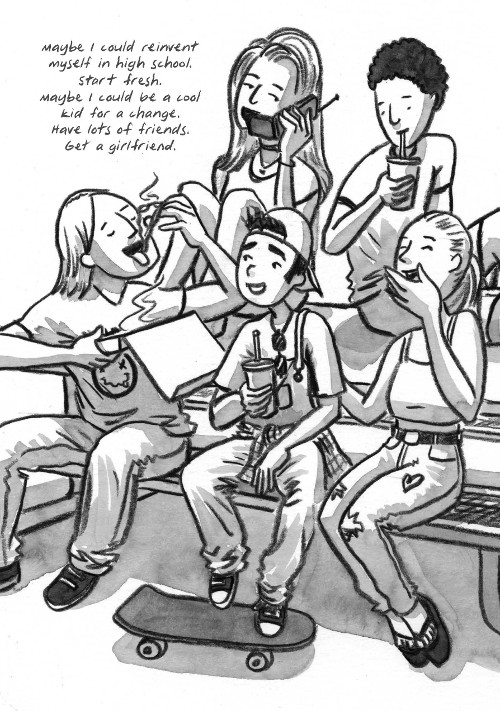
It’s a pleasure to welcome author-illustrator Mike Curato once again to 7-Imp. Today, we discuss Flamer (Godwin Books/Henry Holt, September 2020), his new graphic novel for teens. Flamer is fictional but based on some of Curato’s own personal experiences.
The book tells the story of 14-year-old Aiden, who is away at summer camp (awash in toxic masculinity) and trying to figure out a lot of things about himself, including the fact that he has a crush on a boy. He dreads the return to school (he’s about to transition from a Catholic school to a public high school) and is accustomed to being bullied — for his size and weight, for being effeminate, for not playing sports, and for his Filipino heritage. It’s a powerful and poignant coming-of-age story and a departure for Curato, who until now has made picture books.
I thank him for visiting today to discuss the book and share some art.
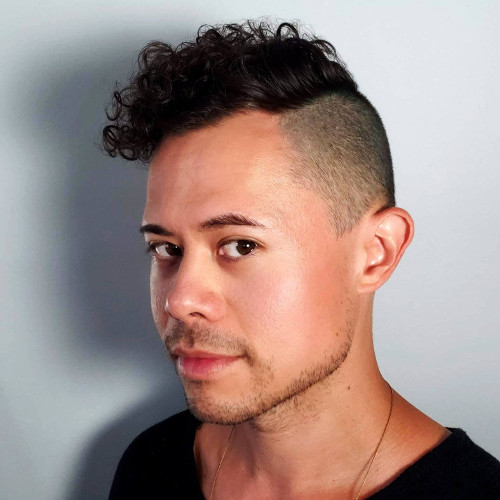
Jules: Hi, Mike! Let’s talk Flamer, which I really love. It’s certainly a departure for you — from picture books, that is. When and why did you decide you wanted to craft this story in a graphic novel format?

Mike: The main character of the book, Aiden Navarro, is a 14-year-old kid. When I was 14, all I read were comics. I wasn’t into reading novels. Books lost their allure once there weren’t pictures in them anymore. But comics were bursting with color and action and fantastic plots. I started collecting in elementary school, mostly Batman comics, but by the time middle school came along, I was a fully fledged X-Men fan.
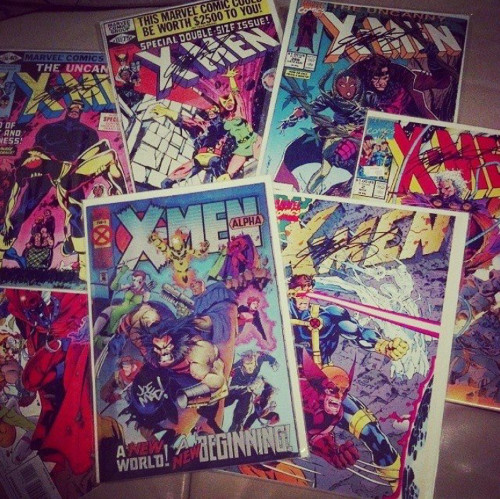
I used to spend all my money and time on comics, collecting, reading, and drawing them. Usually, I would draw montages based on my favorite poses from different issues.
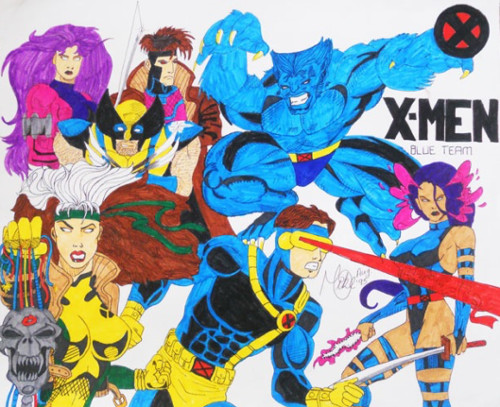

It makes sense now why I identified with a band of misfits who had superpowers assigned at birth, outcasts from society who were just trying to do the right thing. I totally felt like a mutant myself. My power was making art, but there was also something else really different about myself that I couldn’t quite put my finger on, though I had a bit of a clue.
In any case, comics saved me as a reader at that impressionable age, and much of this fictional story is based on my own experience at 14, so I knew it had to be told in this medium.
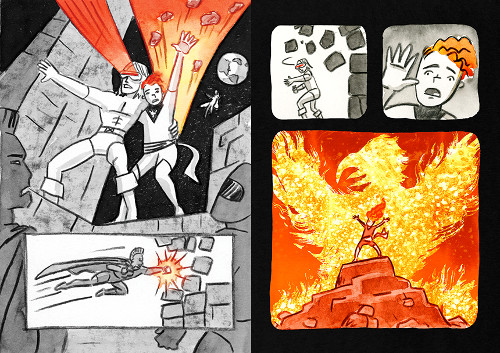
(Click to enlarge)
[Pictured above} is a little homage I made in Flamer of an X-Men-themed dream sequence, featuring Aiden and his friend/crush, Elias, as Phoenix and Cyclops. There are a few other nods toward X-Men throughout the book. I’ll always be grateful for the stories and art that inspired me as a teenager. I always wanted to make comic books, and now that dream is coming true.
Jules: Congrats on meeting that goal! That’s gotta feel good.
What were the joys and challenges, process-wise and craft-wise, of going from picture books to a graphic novel?
Mike: I’ve illustrated nine picture books so far, and the skills that I developed during that experience have really helped me in the graphic novel process. For example, I was able to apply my pacing, page turns, and compositional know-how. Picture books also teach you when to stop writing and just let the art do the talking. Meanwhile, there was a freedom in not being constrained to 32 or 40 pages. (Flamer totals 366 pages.)
On the other side of that coin, it was a challenge making something so big. I never attempted to make anything this long before, and it felt daunting. I had a mess of ideas I had written, I and didn’t know how to organize them into a cohesive plot. Then I had the idea of using the structure of the summer camp week as the skeleton for the arc:

Each day became a chapter. Conveniently, summer camps run on a pretty regimented schedule. Then it was a matter of taking the scene ideas and figuring out how they could plug into the schedule. Merit badge classes became metaphors. Free time for the campers provided space for the scenes that didn’t mesh with specific activities. Campfire closed out each day, and most chapters end with a dream sequence that call back to the issues Aiden faced that day, sometimes via a nerdy spoof.

(Click to enlarge)
Another challenge that eluded me for a while was figuring out how much room to leave for type. This was especially frustrating for me, because I pride myself on being an experienced graphic designer, and I don’t feel very challenged doing this in a picture book. But how to plan out space for speech balloons drove me bonkers.
After writing the manuscript, I set about thumbnailing out all the spreads. My assistant, Sabrina Montenigro, and I then mocked up the panels for each spread in an InDesign document. We printed them out, and I used these to draw out the rough comps. She scanned them all in (I am eternally grateful to her for doing the majority of the scanning for this book), and laid them out in the InDesign file. We then set all the type and discovered, much to my horror, that there was not enough room for the text in many panels. In the end, I added thirty pages to the story, just to make room for the type. I think it was a blessing in disguise, though. I don’t see what imagery I would cut now. It just forced me to expand the scenes into something more visually robust.
And I have to say: It is an absolute joy working sequentially. It’s a whole dimension of storytelling like no other. You can manipulate time and space in ways that other mediums can’t do. I think I’d like to try making a picture book sequentially in the future!

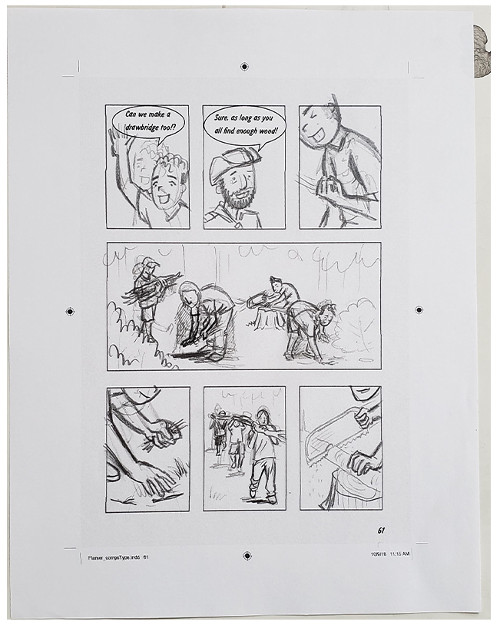
Jules: Was it difficult for you to relive some of these memories — being bullied for being effeminate, the pain of having a crush on someone who didn’t feel the same, feeling suicidal, and all of that? That’s a lot. How’d you deal with bringing all of that to life in the pages of this book?
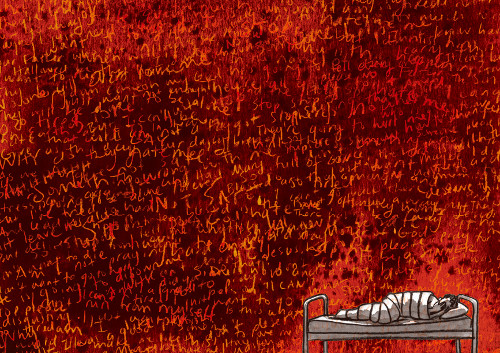
(Click to enlarge)
Mike: Yes. I’ve said before that working on this book has been both the easiest and hardest project I’ve ever done. I’d like to take a moment to remind people that this book is fictional, but going back to the personal experiences that influenced the story was very difficult. As an adult, I have the agency to put a lot of those memories aside, but for the book and for my reader, I had to relive it. There were days I couldn’t face it all. Those would usually be admin days, or I’d work on a different section of the book that had more levity (see: fart jokes). And then there were days when I felt very objective, so I would take advantage of that headspace to get into the dark corners. I certainly gave my therapist plenty of work. I think it was all worth it, though. I feel like there’s a lot of truth in Flamer, and I think that regardless of a book being fiction or nonfiction, it has to ring true to the reader for them to connect with it. I guess we’ll see!
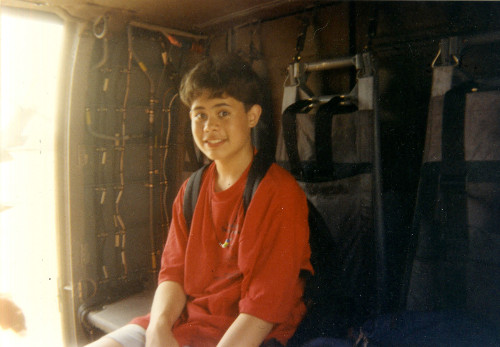
(Click to enlarge)
Jules: Are the memories strong for you? Is it easy for you to remember your childhood?
Mike: Yes, I do remember my childhood vividly. I have a suspicion that most kidlit authors do. But I still did my research! I read old journals and looked at old sketchbooks and old photographs. The greatest gift I received while working on the book came from my friend Lara, to whom Flamer is dedicated. She is my real life Violet (Aiden’s pen-pal in the book). Lara scanned and compiled every letter I ever sent her from 1992 to the early 2000s. It is a lot of material.
Jules: Whoa. That’s a devoted friend.
Mike: And WOW, did I get some insight into what was going on in my teenage life. It jogged a lot of memories. Even when something wasn’t said, I could read between the lines and find the things that I wanted to say to her but couldn’t.
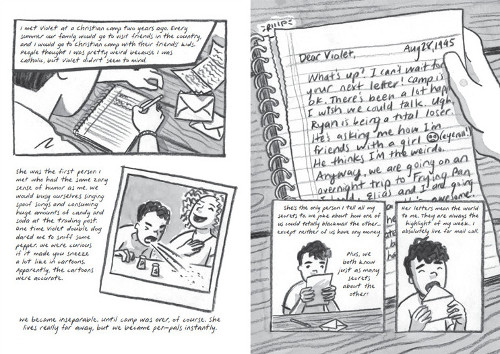
(Click to enlarge)
Side note: In the book, Aiden recalls when Violet double-dog dared him to sniff pepper to see if people really do sneeze uncontrollably, like in the cartoons. My dear sweet friend Lara put this double dog dare on me and my nostrils, and our immediate conclusion was: Yes. Yes, they do. We pre-dated Mythbusters.
Jules: I’m snort-laughing.
I can completely understand the desire to work on a lighter part of the narrative (fart jokes) on occasion, because there is a good deal of heavy stuff in here — racism, homophobia, fat-shaming, religion, etc. Yet it never comes across as heavy-handed. (That’s quite a feat.)
Can you talk a bit about the palette in the book? Was there ever discussion of using more colors? (I’m guessing not, because the simple red touches are brilliant.)
Mike: I have had the great fortune of working with people who have understood my vision from the start. My editor, Laura Godwin, has always placed a lot of trust in me. My art director for Flamer, Mallory Grigg, came onto the project after joining the Macmillan team and totally got it right away. She and I got to really nerd out when we developed the plan for printing this baby. And she was so chill when I played the “well, I used to be a graphic designer, and I was thinking …” card. My idea was to replace the cyan in the CMYK with neon orange to really make the colors glow. It took us a while to get there, but with the help of our fab designer, Colleen AF Venable (no stranger to graphic novels), we got there.
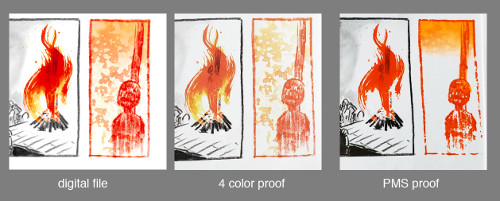
(Click image to enlarge)
I am so excited about the color. I’ve always wanted to work in neon, so this is a dream come true. Everytime I open the hardcover and see that solid neon orange pantone, I light up. No pun intended. Mallory and I happened to be guest speakers at a Highlights Illustration Intensive last summer, and she brought the wet proofs for me to see for the first time. So we all got to stand around them and gawk at the color magic. it was a special moment.
And speaking of design nerd-dom, the font used in the book was based on my handwriting, designed by the brilliant John Martz.
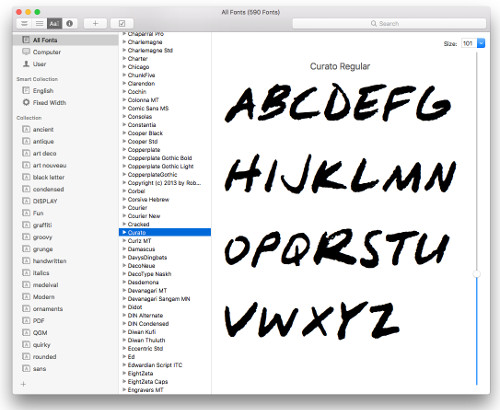
Jules: You have your own font now!
One more question: How does it feel to you to have the book already be so well-received and to hear things like “this book will save lives” (Jarrett J. Krosoczka) and “for some, [this book] will be the defining book of their adolescence” (Kirkus Reviews)?
Mike: Haha, no pressure, right?
In all seriousness, though, I made this book for people who feel they are alone and without options. I have met many people who had/have it worse than I did as a teen. I worry about them. LGBTQ+ youth are statistically at higher risk of homelessness, self-harm, and suicide than their straight peers. While this was a very personal project that helped me heal from past wounds, I hope it serves to help others in need of a lifeline, those in need of seeing someone like themselves in a book and in the world. Also, those of us who have “made it” to a safe space often say “it gets better,” and it can. But I can’t guarantee that it will, and I can’t say when it will happen if it does. What I can say is you deserve to be here, and I want you to be here. And for those who know they want to stick around for the ride, I’m proud of you.
Keep going.

Thanks again to Mike for the chat! Below are some of the opening pages of Flamer. …

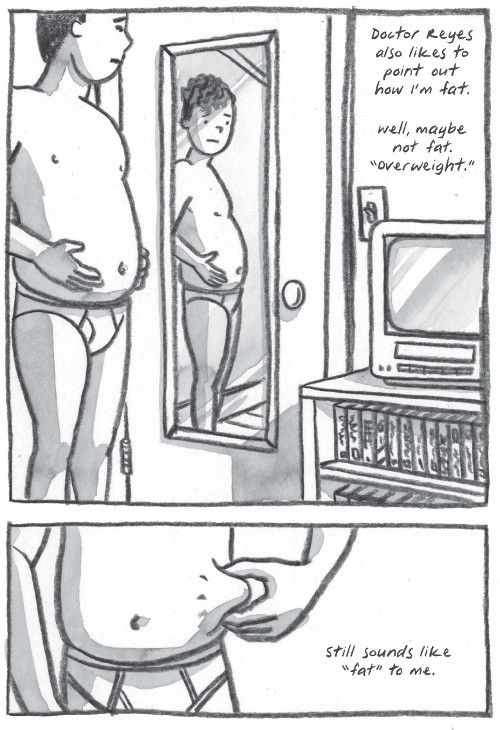
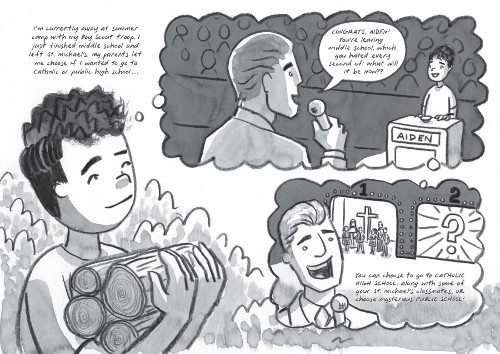
(Click spread to enlarge)

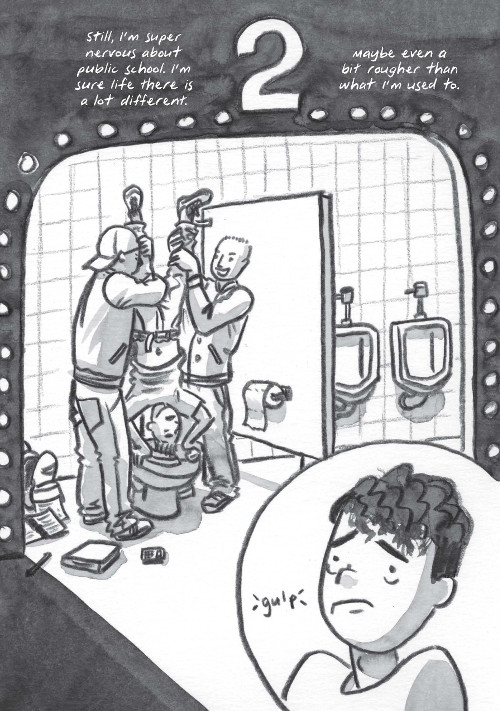

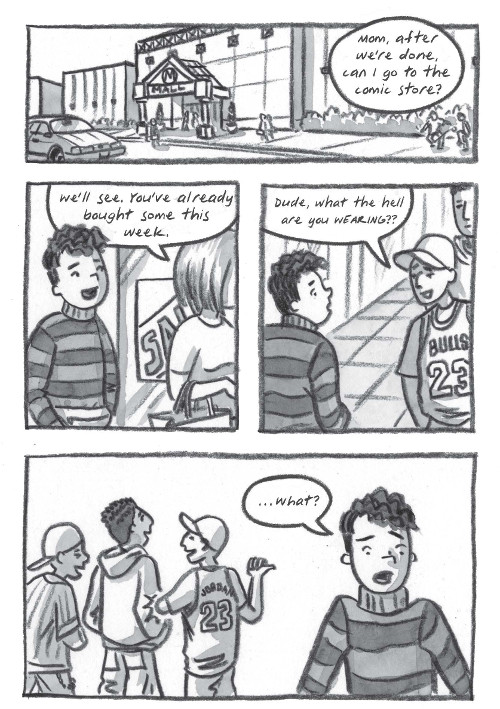

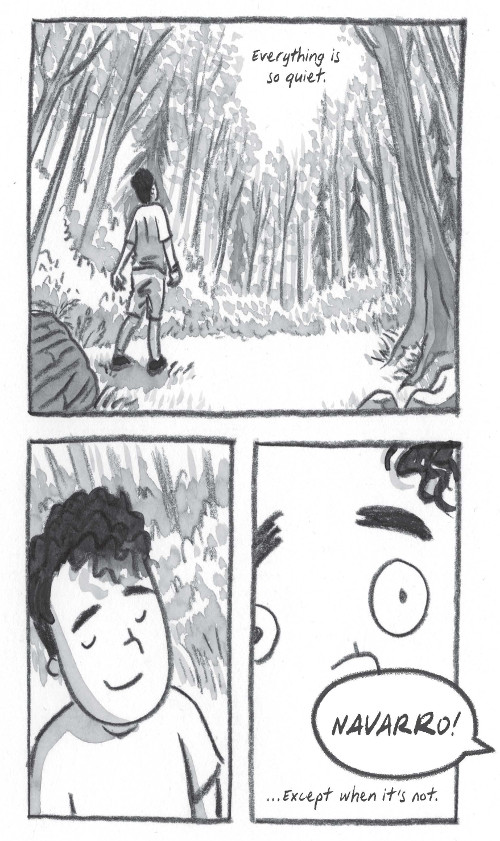
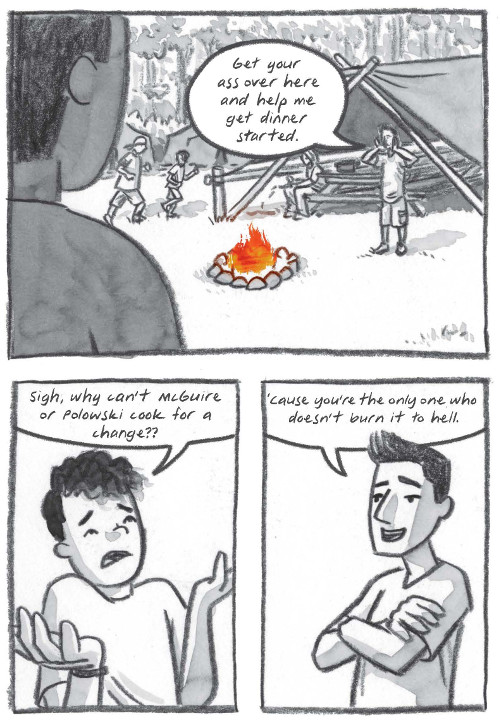


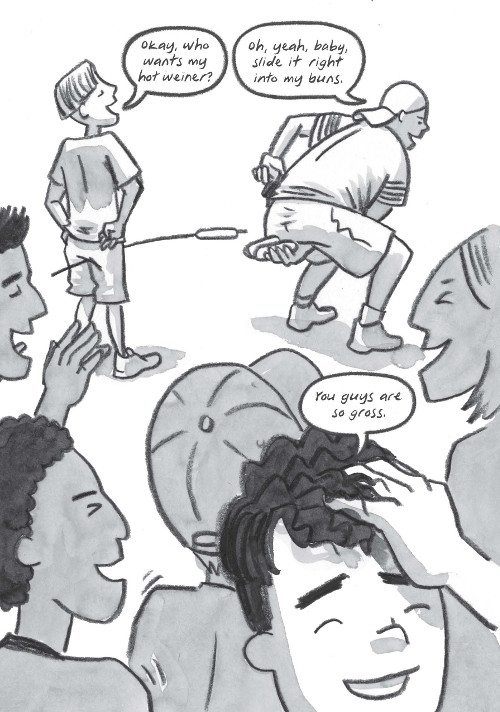

at least I’m not at home. Life there is complicated.”
(Click spread to enlarge)
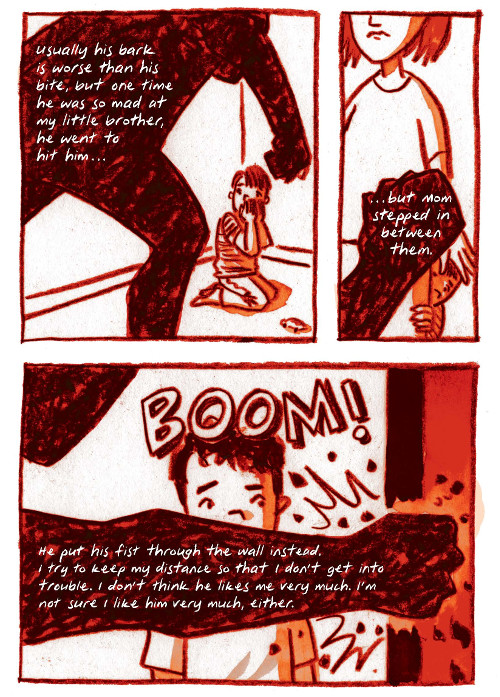



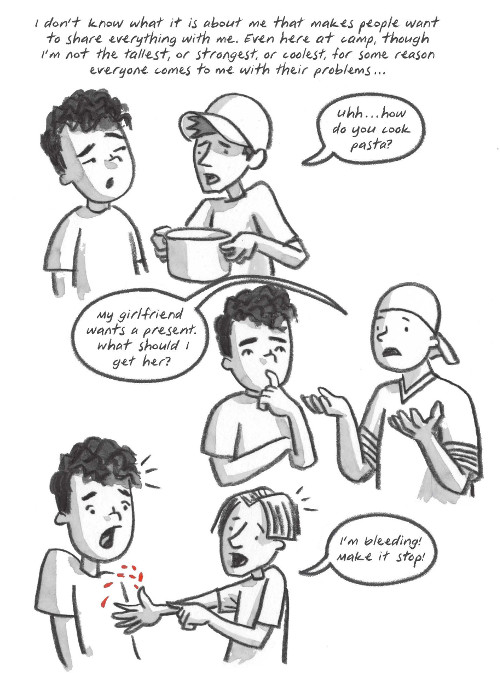
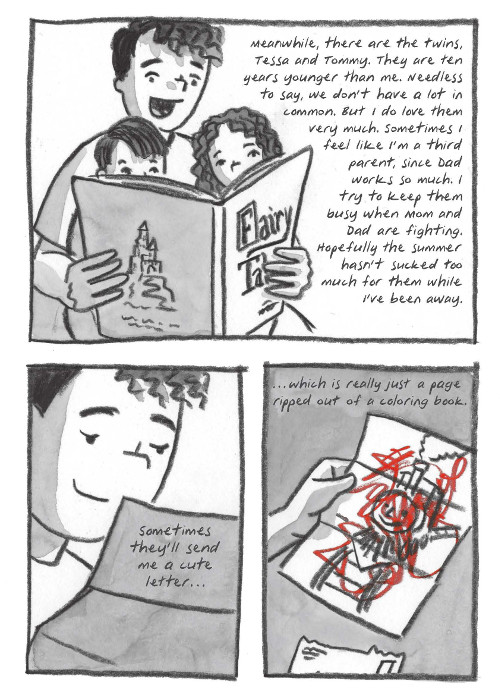


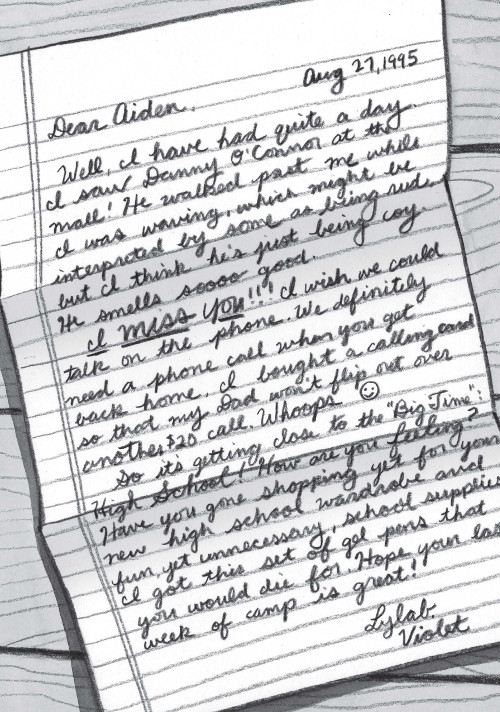


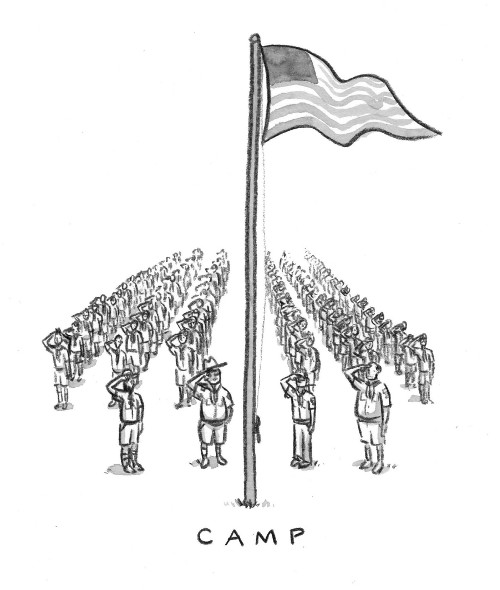
FLAMER. Copyright © 2020 by Mike Curato. Illustrations reproduced by permission of the publisher, Godwin Books/Henry Holt and Company, New York. All other images, including author photo, used by permission of Mike Curato.
